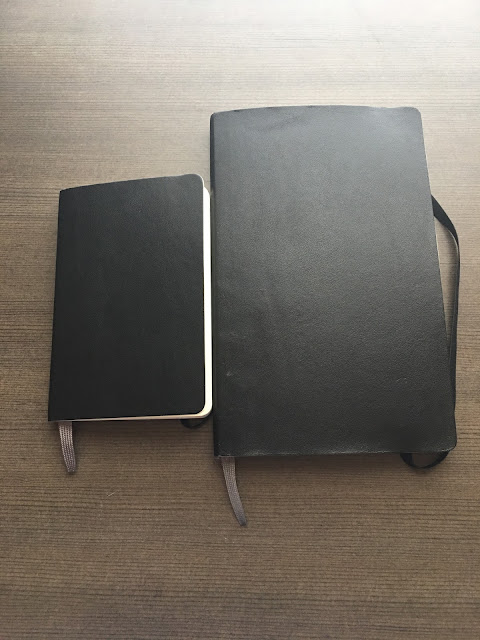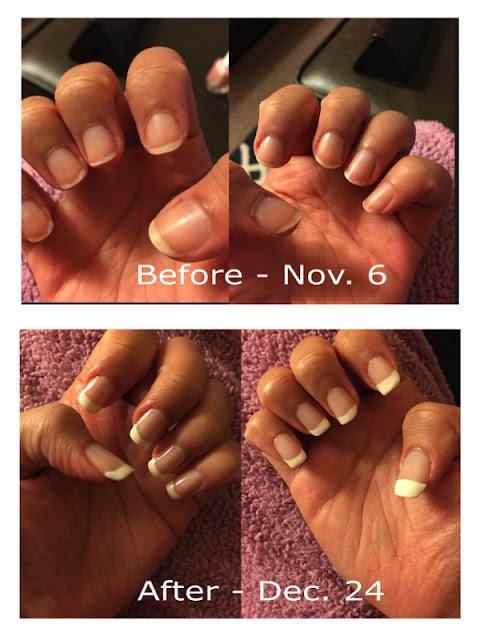Build Your Own File Drawer
For years, I used to store all of my files and important documents in file boxes - and while it was a great file organization system, it did take up quite a footprint on my desk space in my home office. That system wasn't working for me anymore, and I began thinking about building my own file drawer. This was the best decision I made because I didn't have to bear the expense of buying a filing cabinet (I put this together for under $30) and it freed up some much needed desk space for work and other essential surface needs.
To create your own file drawer, you'll need:
- An empty drawer (obviously)
- A hanging file frame
- Hanging and interior files
- A label maker (if you feel like it)
And here's how to do it:
- Measure the drawer you plan to use to make sure it can fit a hanging file frame. For a reference point, letter-sized file frames usually run about 9" tall and 13" wide, and their depths can vary to accommodate a number of drawers.
- Once you've cleared out your drawer, purchase your file frame. The OIC Hanging File Frame that I purchased from Staples was the perfect choice for the drawer I used. Tip: Be sure to leave about 1/2 inch on either side of the file frame so that your hanging files have room to expand once you insert your interior files.
- After you assemble the frame, place it in the drawer and drop in your hanging files. My favorite color is purple, so of course I had to order up hanging files to match the interior ones I already had in my collection. A label maker is a great way to neatly and clearly label your hanging and interior files.
- Start dropping your interior files into the hanging files - but start from the center to ground the file frame, then slip in your exterior files. I learned the hard way that starting at the end and dealing with the frame fishtail in the drawer until things got steadier.
Before you begin your file drawer makeover, consider some useful tips:
- Use this opportunity to go through your files to sort out what needs to be kept and what needs to be recycled or shredded. There's no point in filing away documents that shouldn't be filed away.
- Consider creating a shredding schedule - receipts should be kept for 30 - 90 days, which usually covers the return window on most purchases. Receipts for major purchases like appliances or electronics or receipts that coincide with tax records should be kept for the life of the purchase or the tax season. And you only need to keep your taxes for the previous five years.
- Electronic scanning is your friend - to the extent that you can digitize your files, use that opportunity to minimize your paper trail.




Comments
Post a Comment